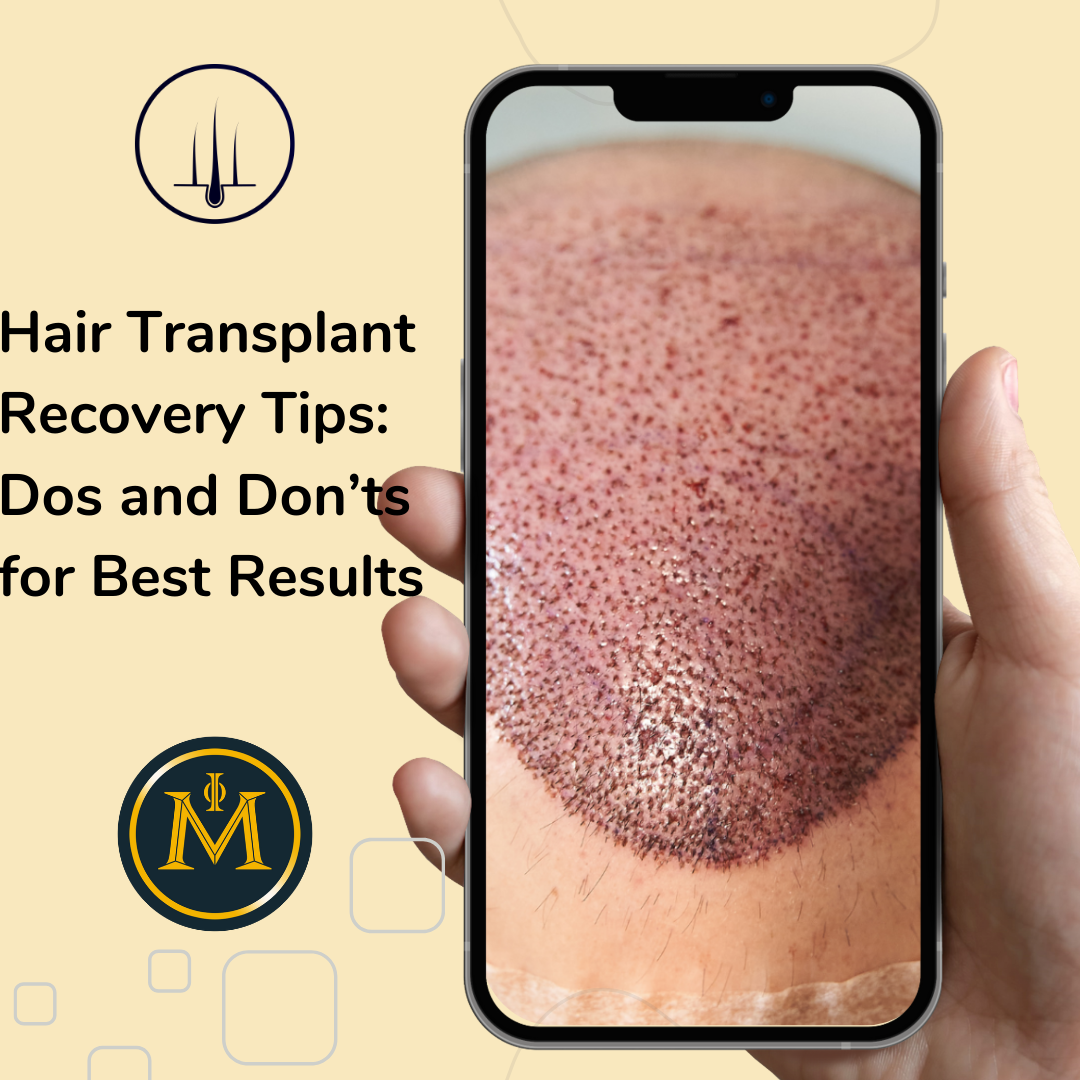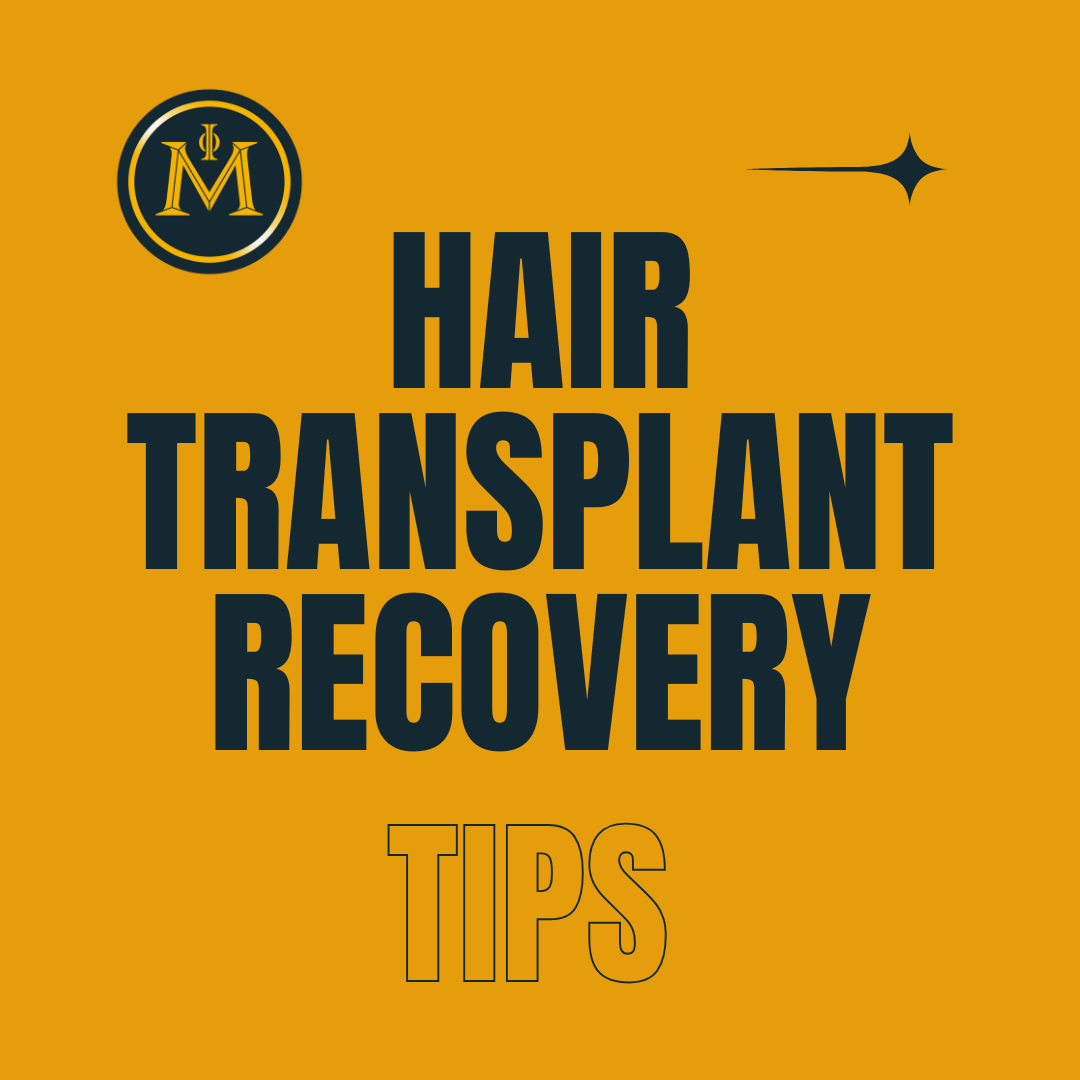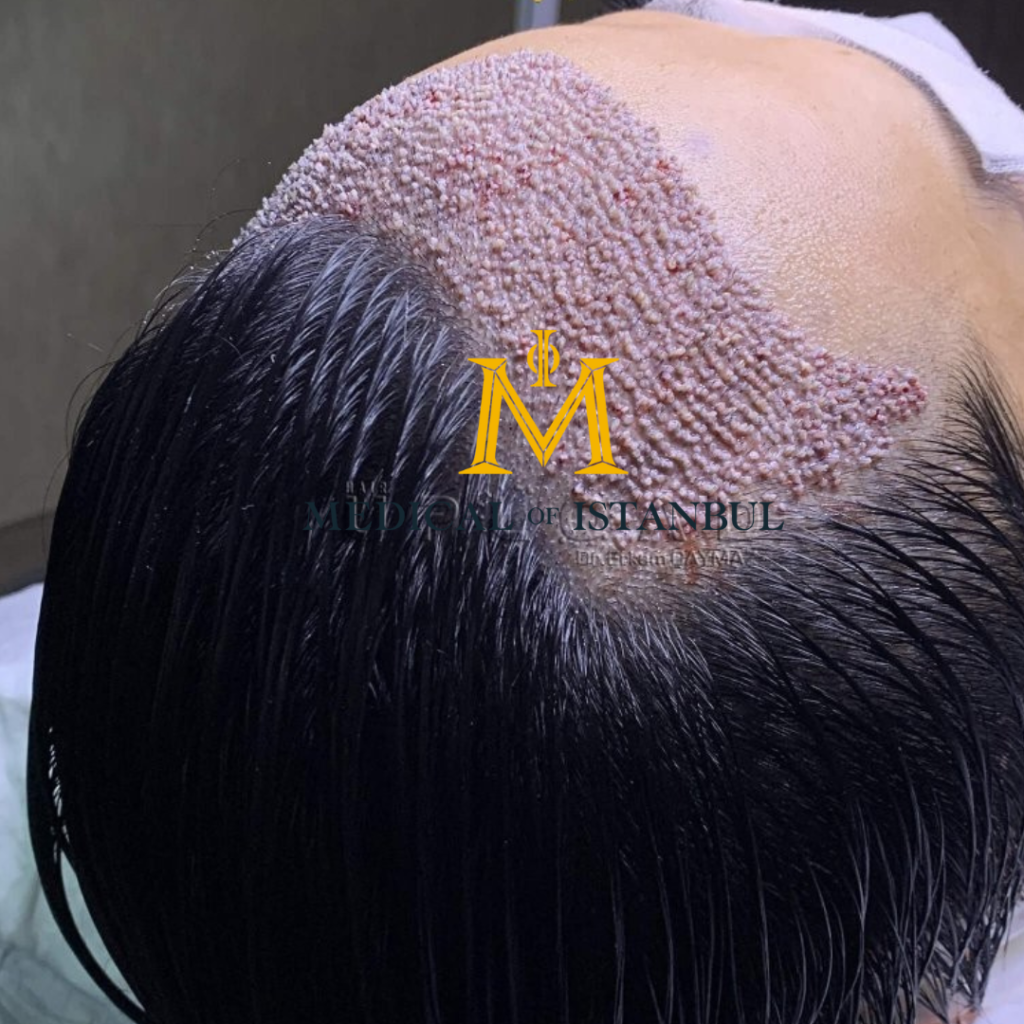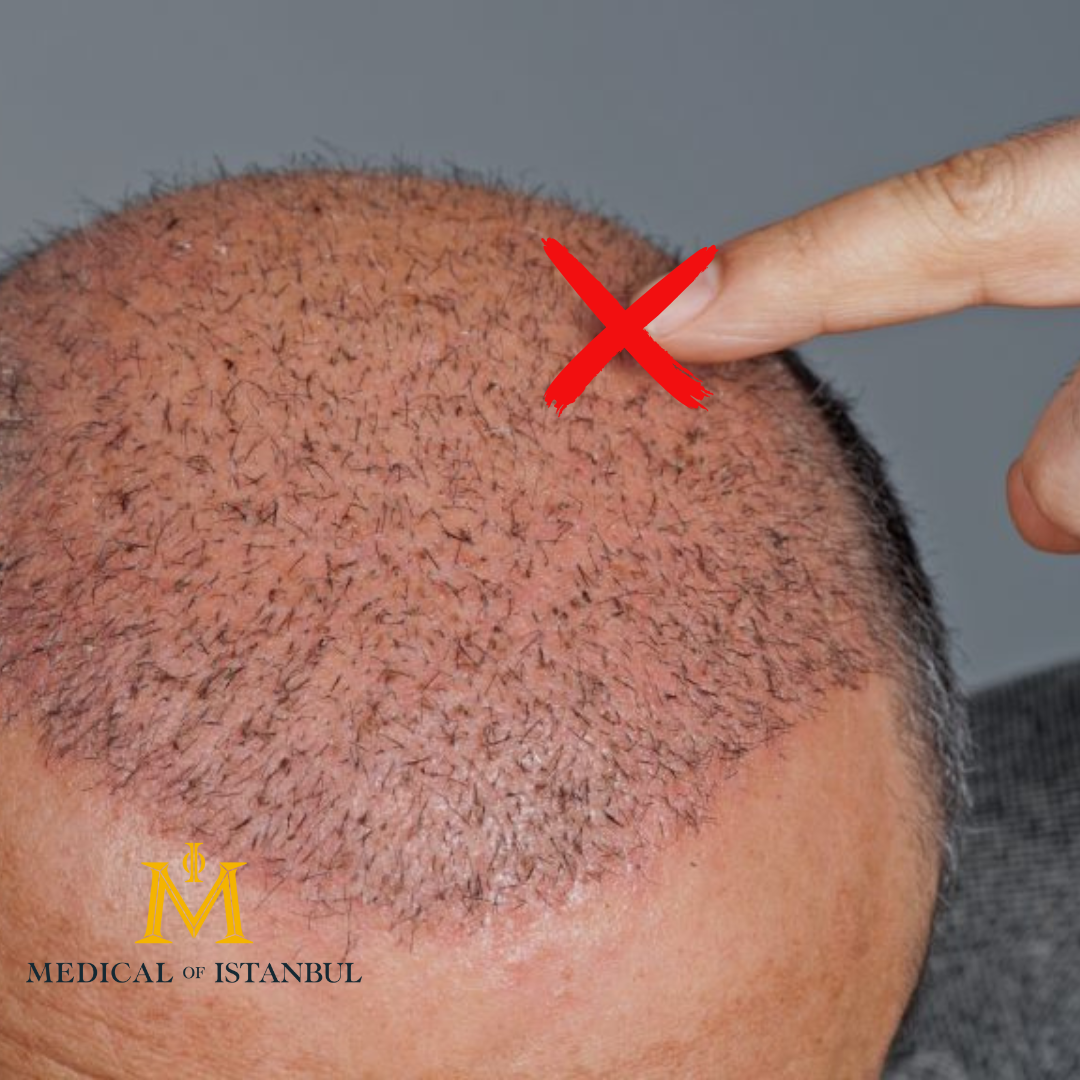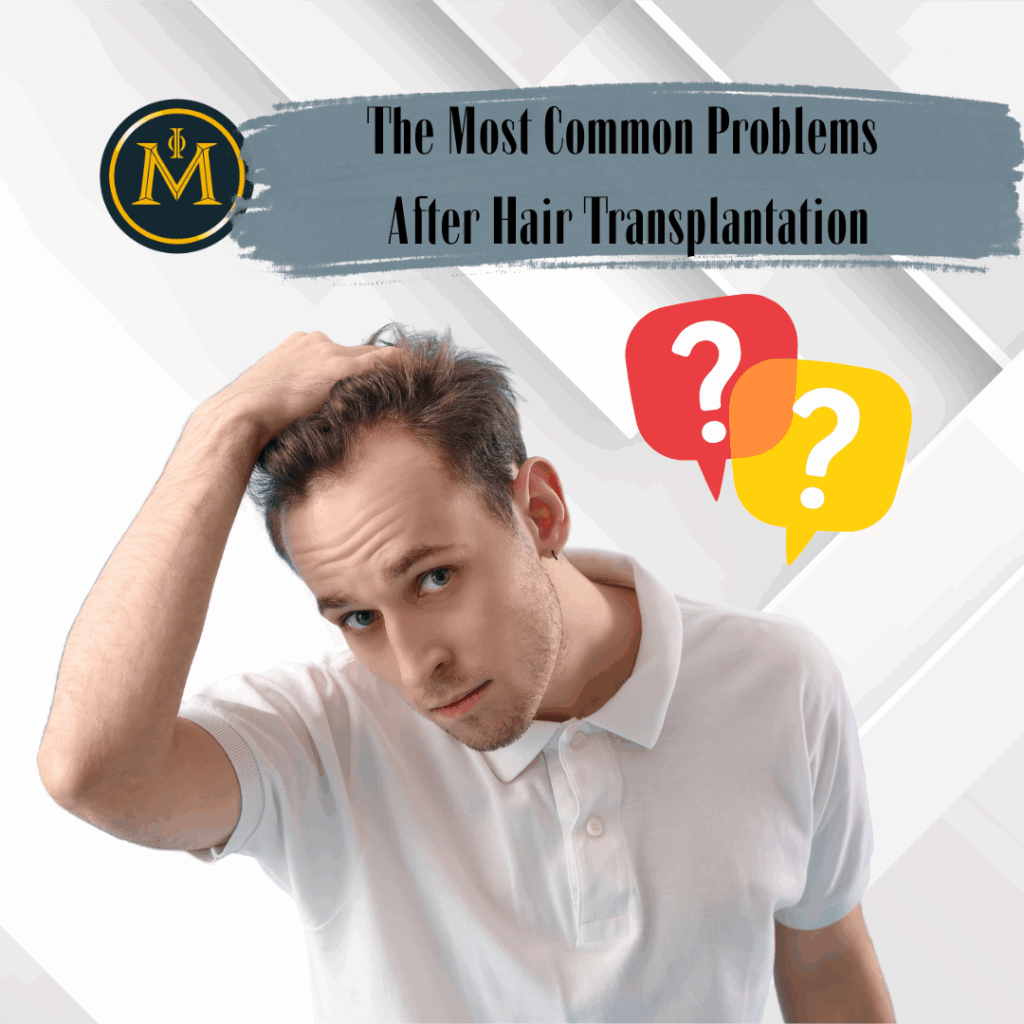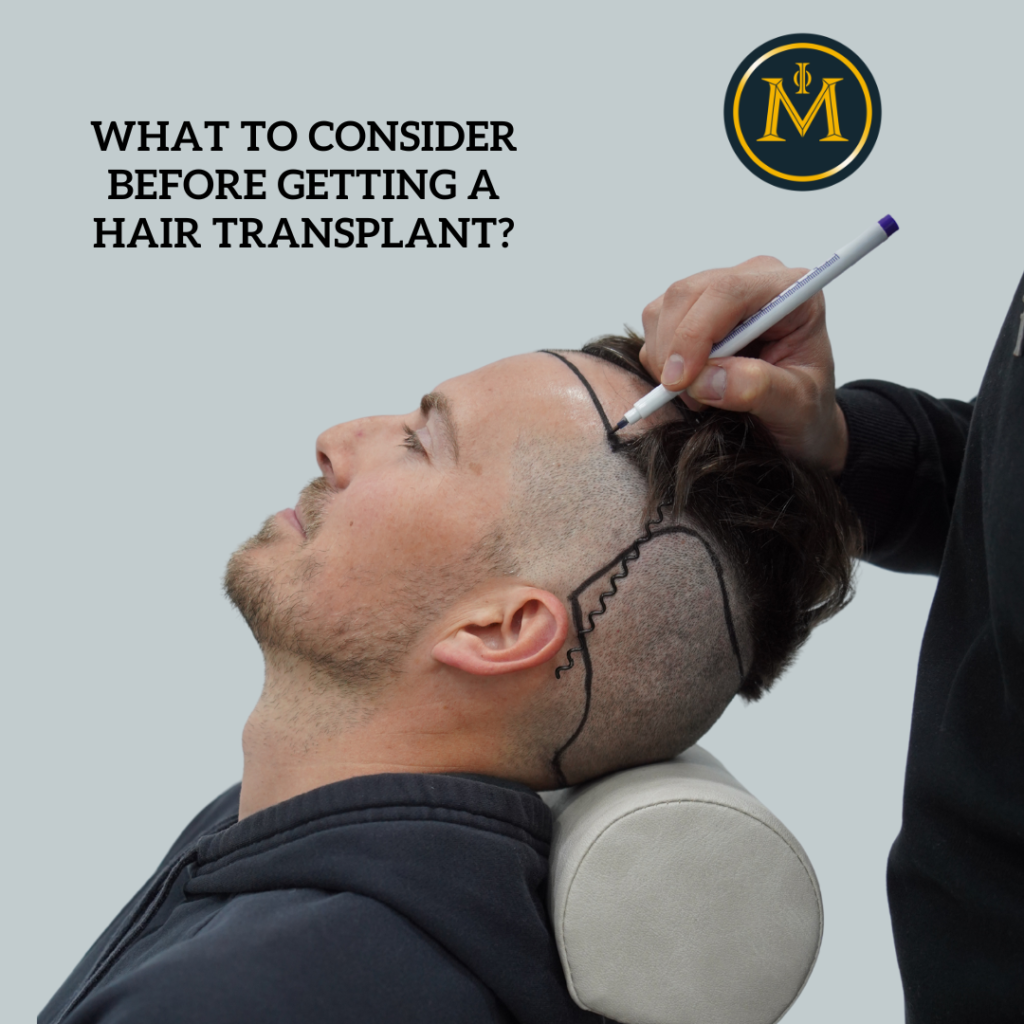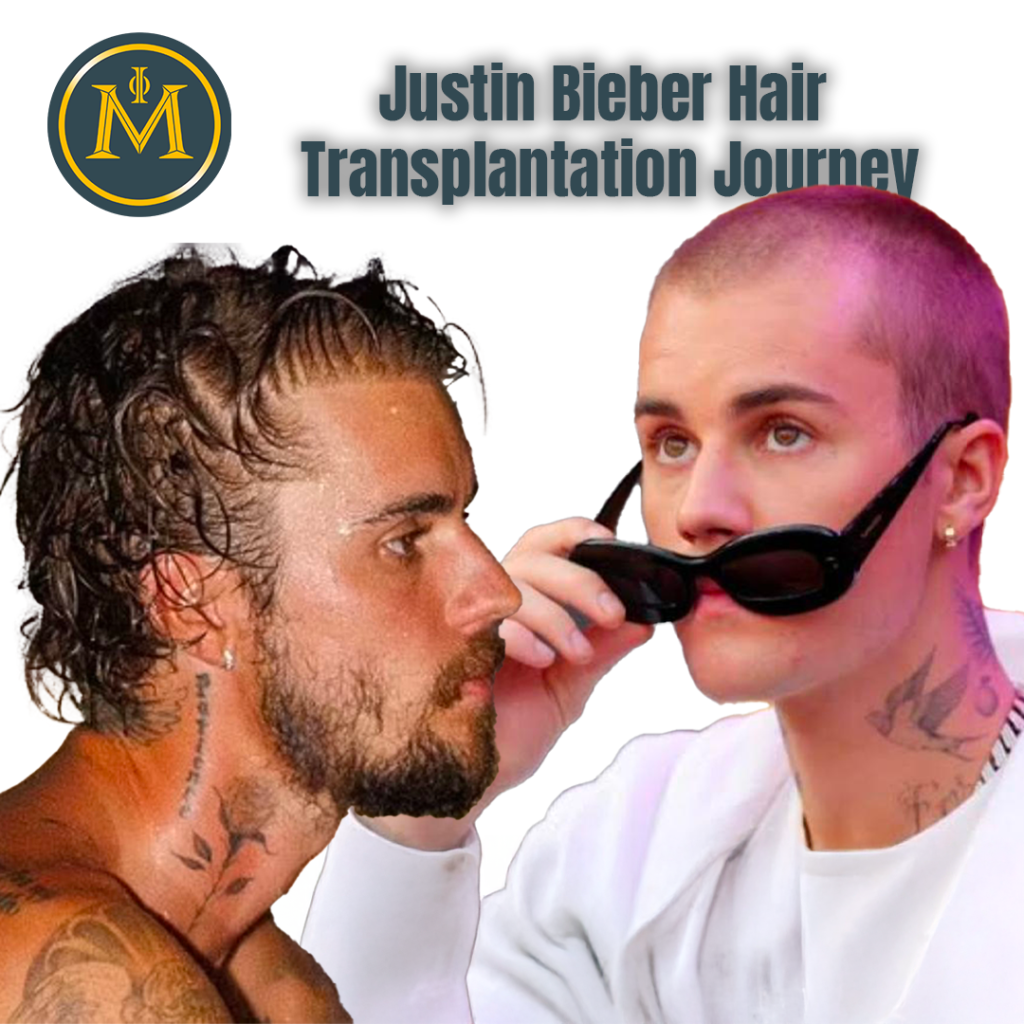Medical of Istanbul
Hair Transplant Recovery Tips: Dos and Don’ts for Best Results
Undergoing a hair transplant is a significant step toward restoring hair and boosting confidence. However, the recovery process is just as crucial as the procedure itself. Proper care post-surgery can make all the difference in achieving optimal results. From protecting the grafts to maintaining hygiene, there are essential dos and don’ts to follow during the recovery period. In this guide, we’ll explore key tips for ensuring the best outcome after your hair transplant, helping you navigate the healing process with ease and confidence.
